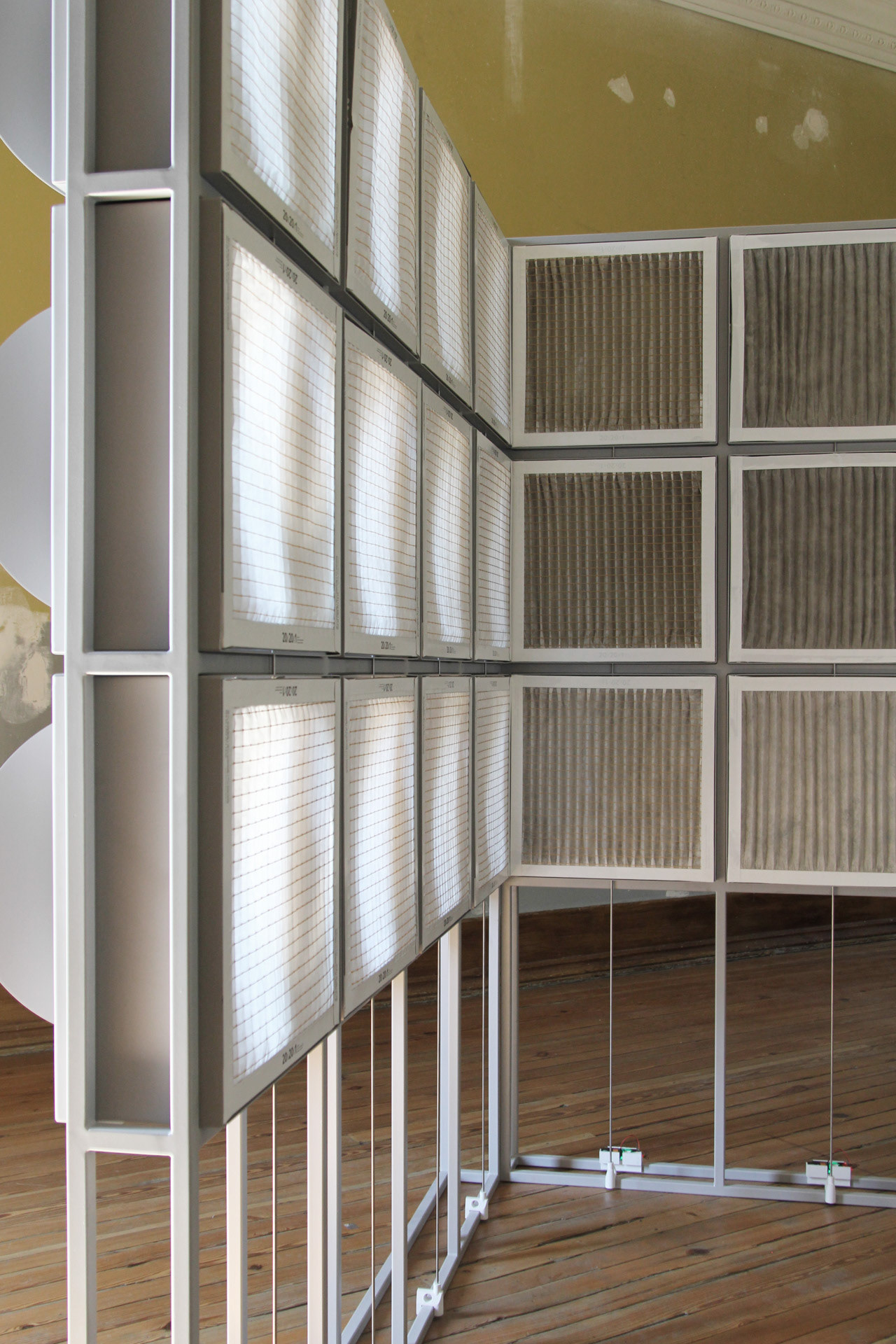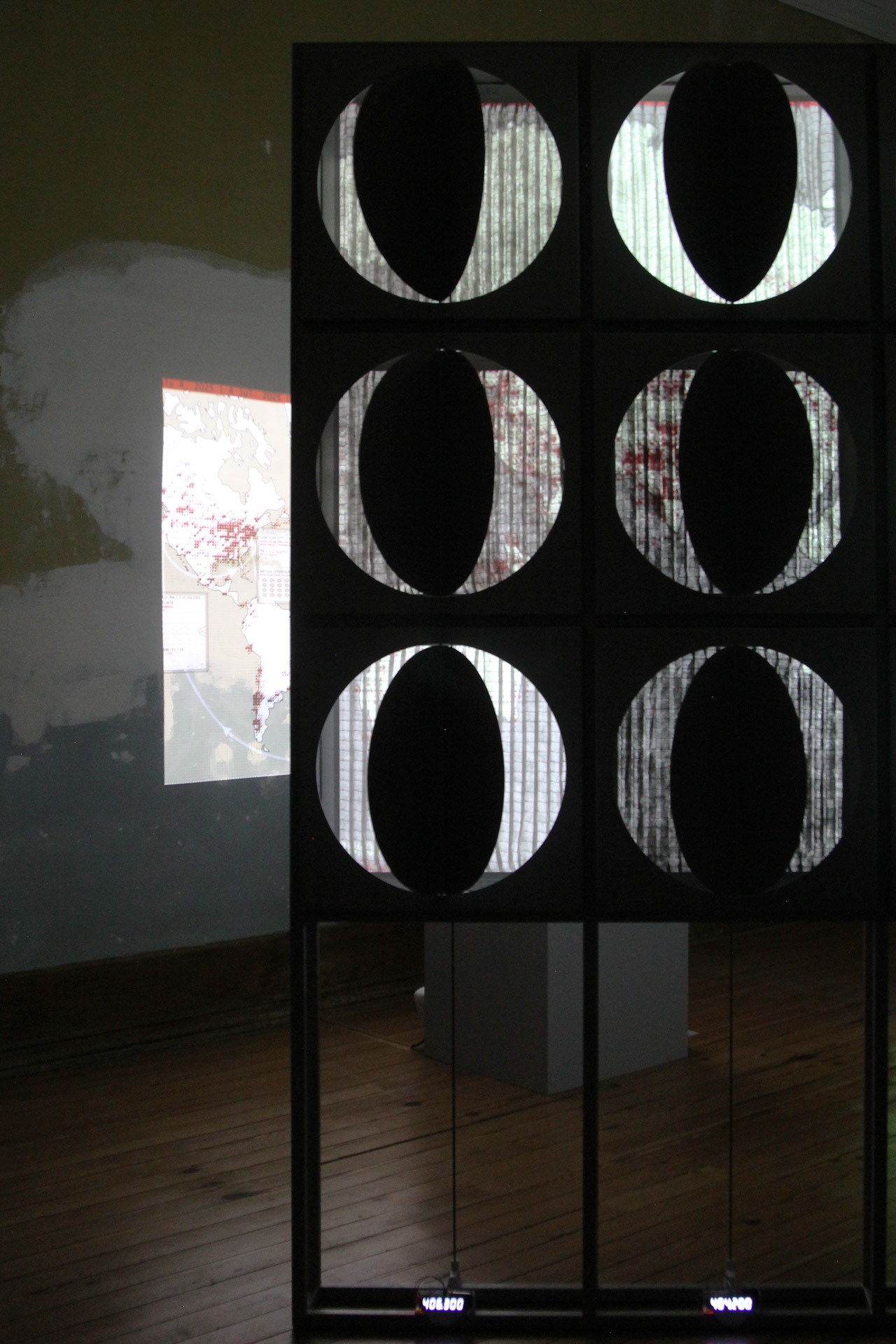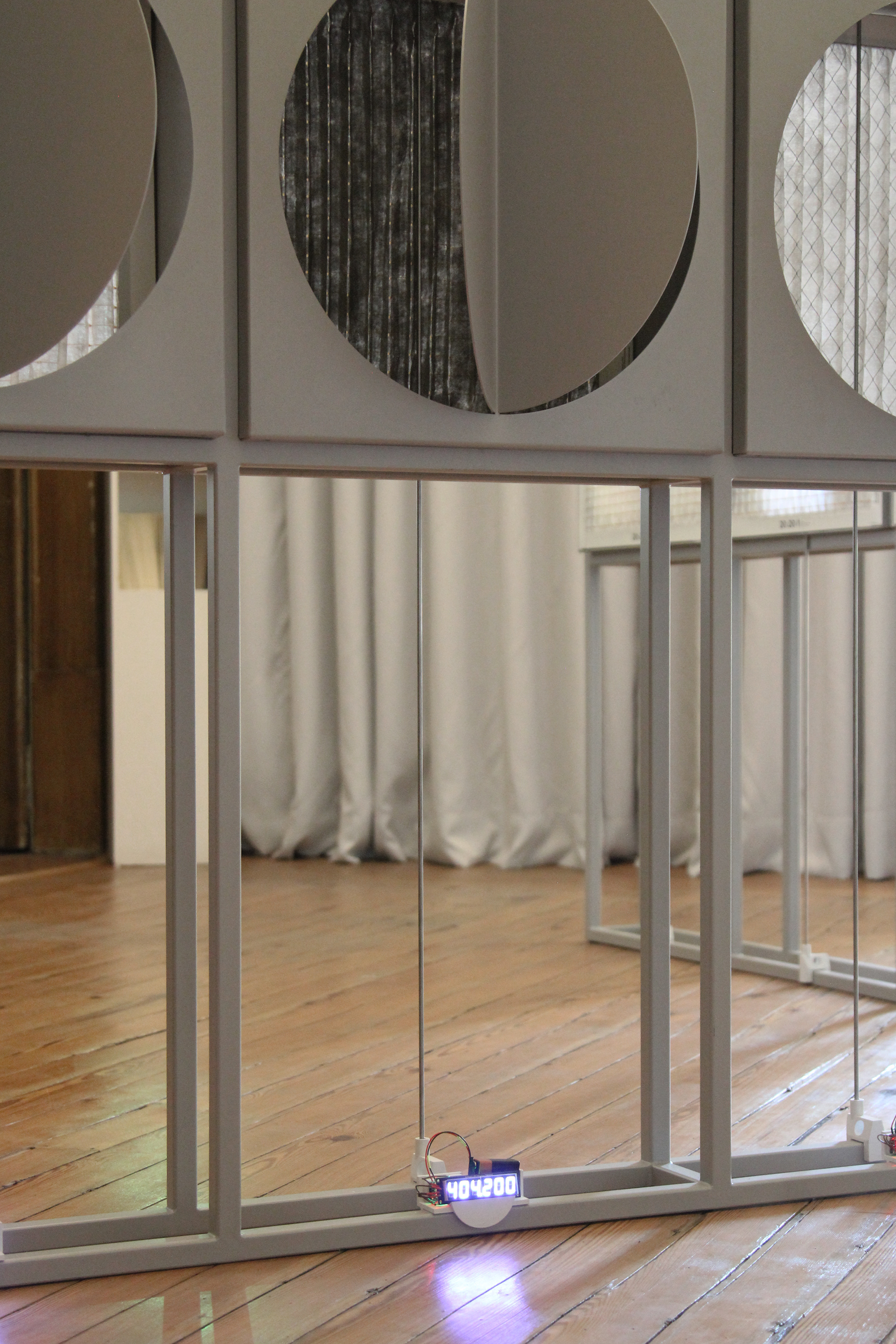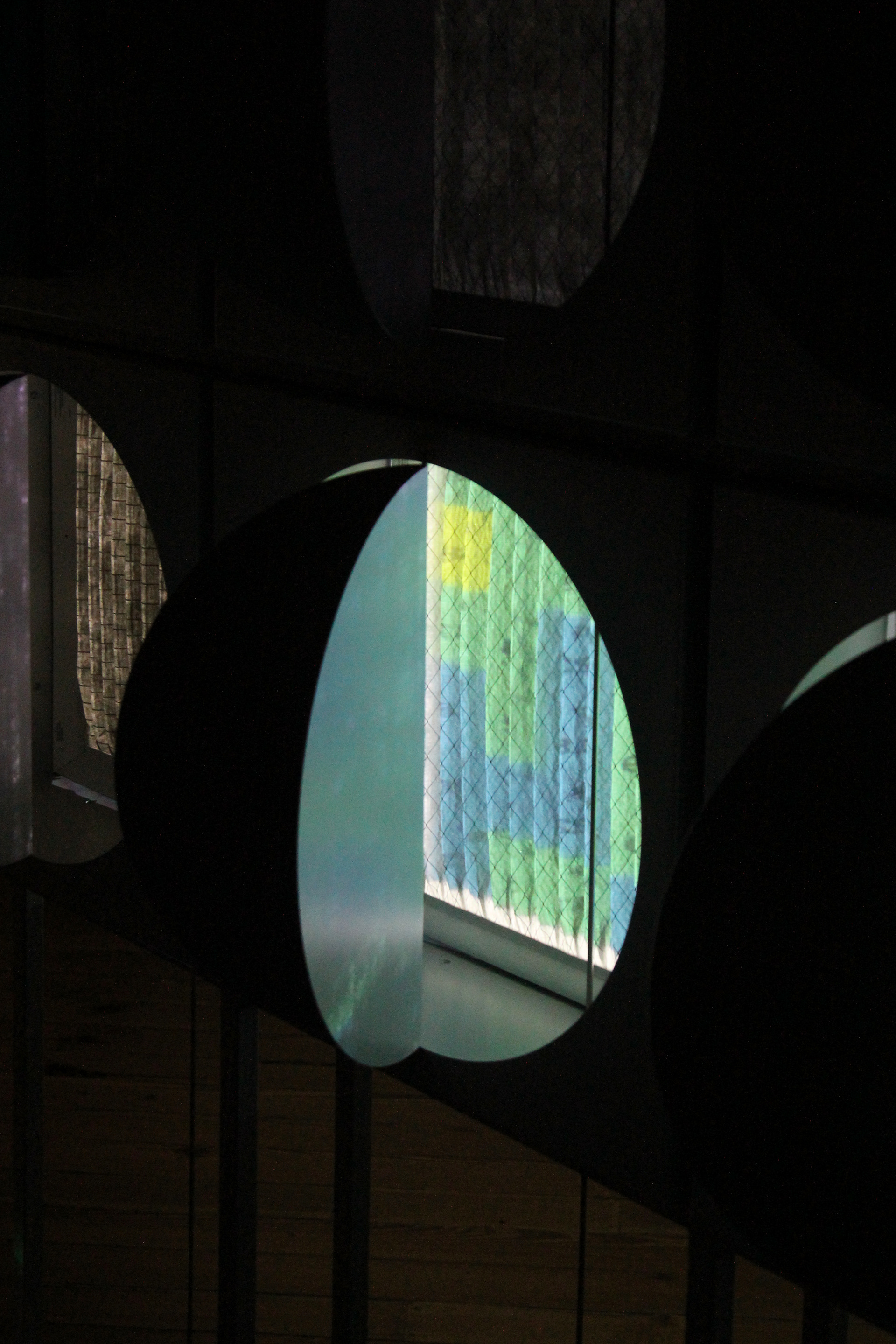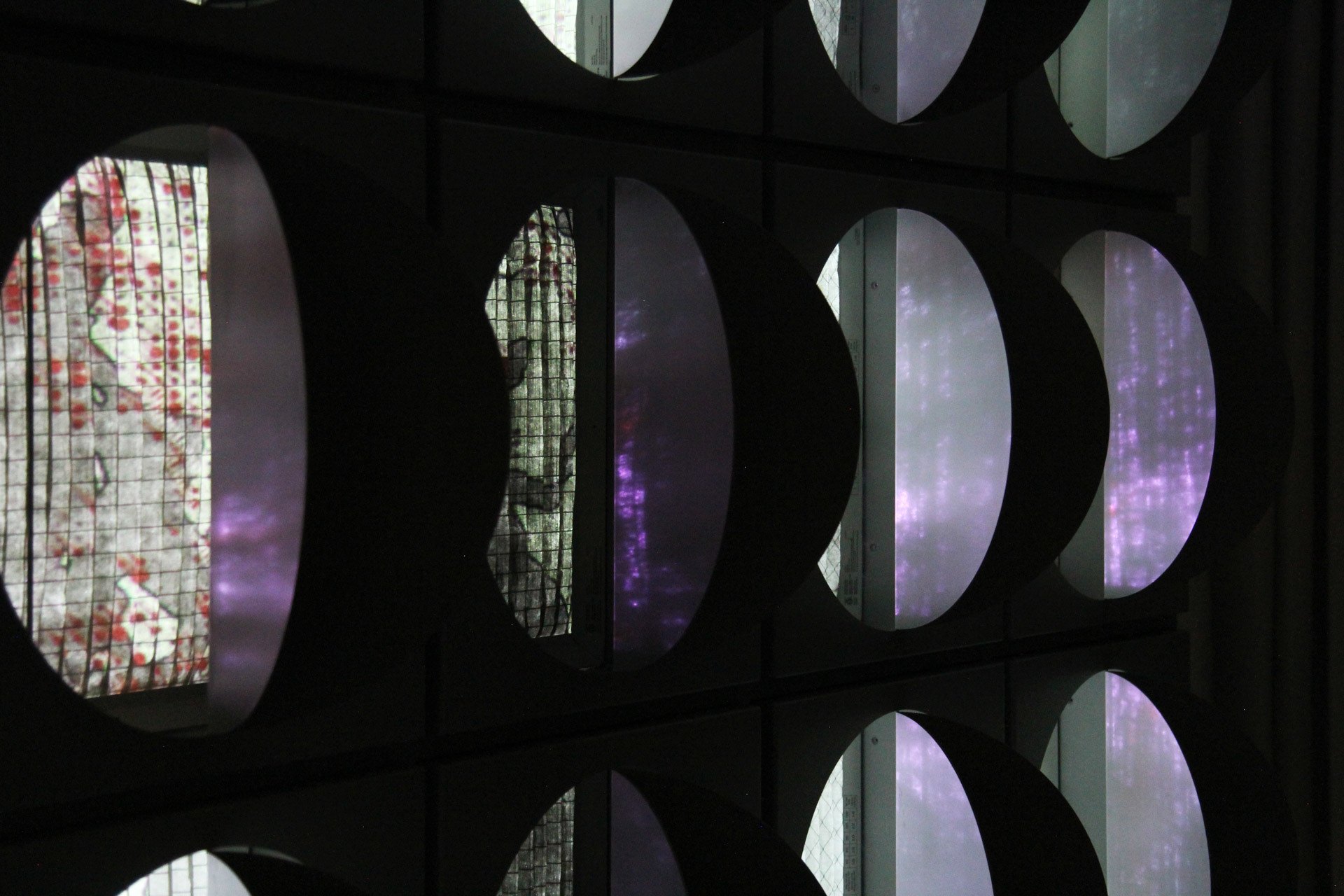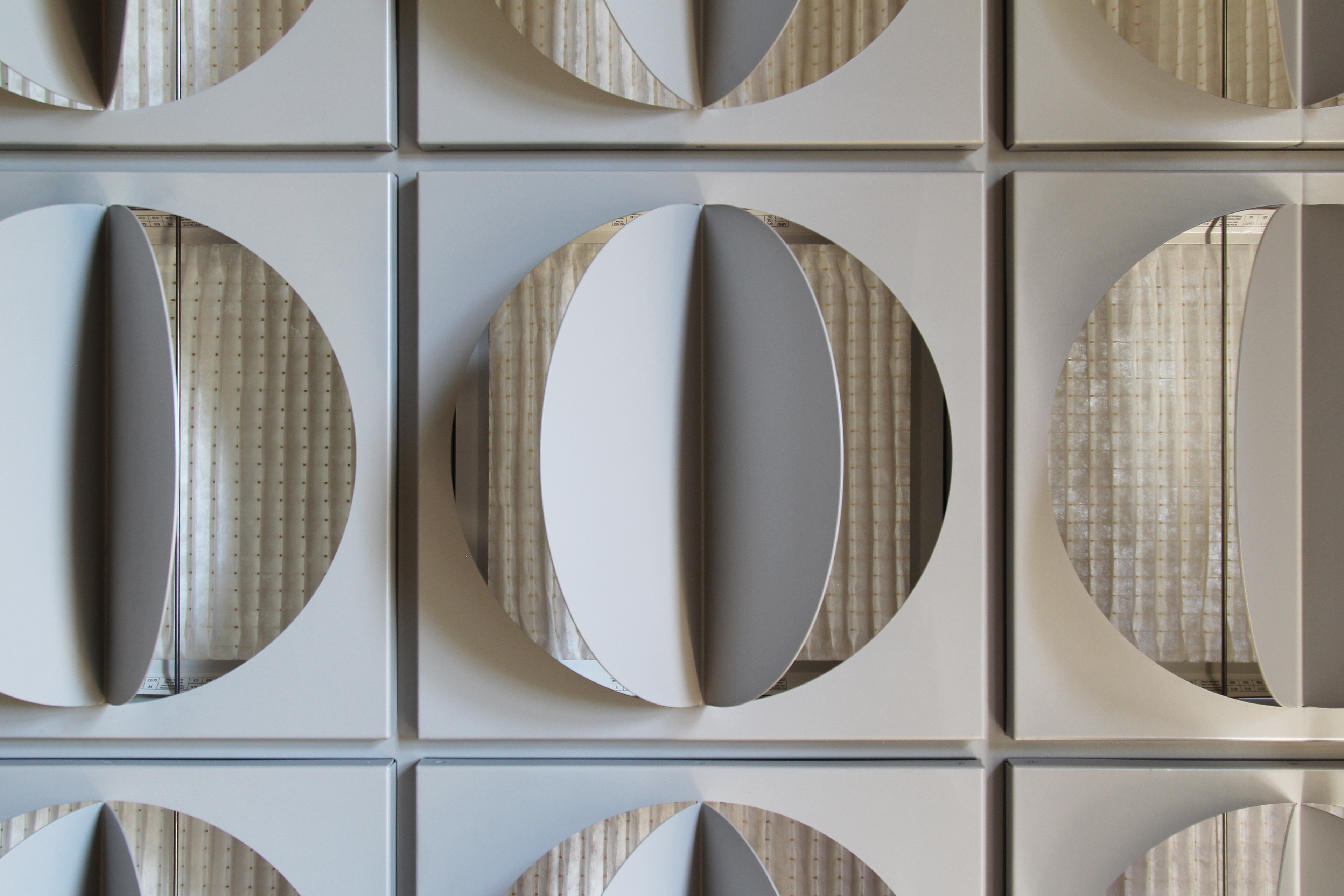Design Research
Designers: Xinyu Chen + Jaehun Woo
"The Weight of Clean Air" is an Associated Project as part of the Lisbon Architecture Triennale 2025 – "How Heavy is A City”
One of a few installations of the central program to be exhibited in the Palácio Sinel de Cordes
Titled “The Weight of Clean Air,” this project investigates the apparatus of air filtration and visualizes the uneven accessibility to such technology at a planetary scale. To do so, HEPA filters—a standard component in HVAC systems in contemporary architecture in the West—are used as both research subjects and display mediums.
The exhibition has the following components:
a. Infographics of global surveys showing the distribution of air pollution and the affordability of HEPA filters in key cities; b. An installation in the form of two walls constructed from a combination of HEPA filters and air ducts. Not all filters embedded in those walls will be brand new. Some of the filters will be sent to key cities globally and used for a period of 3 months to allow dust and contaminants to accumulate on their surfaces. The filters will be weighed by a digital scale to show, literally, the weight of clean air; c. The exhibition components interact with one another and the visitors through a projection system that we named “aerographics,” using infographics as its contents and the filter wall as its screen. It aims to visualize the invisible process of air purification and material distribution via exploiting the corresponding unidirectionality in air’s movement through HVAC systems and in light’s movement in creations of projected displays. As the projected light reaches the filters, they will be sieved at different degrees given the filters’ used conditions, hence creating light spots of different intensities on the gallery wall.
a. Infographics of global surveys showing the distribution of air pollution and the affordability of HEPA filters in key cities; b. An installation in the form of two walls constructed from a combination of HEPA filters and air ducts. Not all filters embedded in those walls will be brand new. Some of the filters will be sent to key cities globally and used for a period of 3 months to allow dust and contaminants to accumulate on their surfaces. The filters will be weighed by a digital scale to show, literally, the weight of clean air; c. The exhibition components interact with one another and the visitors through a projection system that we named “aerographics,” using infographics as its contents and the filter wall as its screen. It aims to visualize the invisible process of air purification and material distribution via exploiting the corresponding unidirectionality in air’s movement through HVAC systems and in light’s movement in creations of projected displays. As the projected light reaches the filters, they will be sieved at different degrees given the filters’ used conditions, hence creating light spots of different intensities on the gallery wall.
Overall, the project situates the filter at the threshold of two distinct inside-outside conditions: at the building scale, HEPA filters create a mechanically-controlled architectural interior through excluding contaminants from the outdoor environment; whilst at the global scale, the production and consumption of HEPA filters is never an evenly distributed field. Third world countries, due to economic and policy constraints, are usually external to the systematic application of HEPA filters hence accessibility to clean air. The project hence foregrounds problems of inequity in the production, distribution, and application of HEPA filters through innovative visual means.
